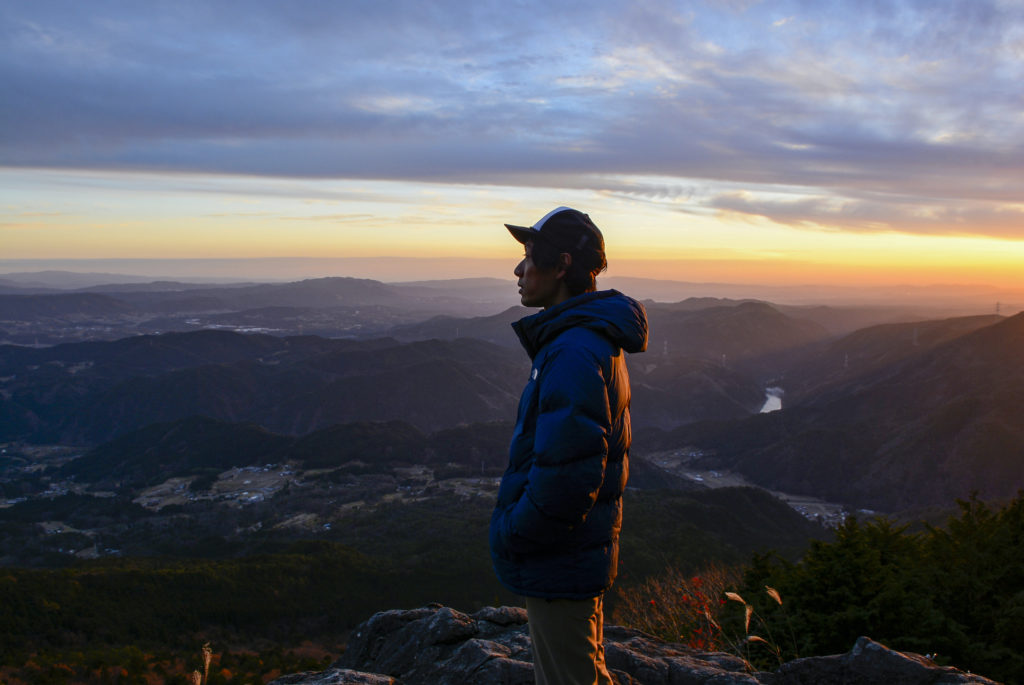The residents of Nakatsugawa live in the bosom of the mountains
Yohei Naruse loves to hike and to depict the mountain scenery he encounters in subtle watercolor paintings. In his younger years he worked at an advertising agency focusing on outdoor products while residing in Tokyo. He made a U-turn back to his hometown of Nakatsugawa in 2010 out of a “desire to get closer to nature”. Sunlight dapples the atelier cabin he has built among a thicket of miscellaneous trees, which provides a base for a wide range of activities including illustrating for magazines and for exhibitions of his own work.
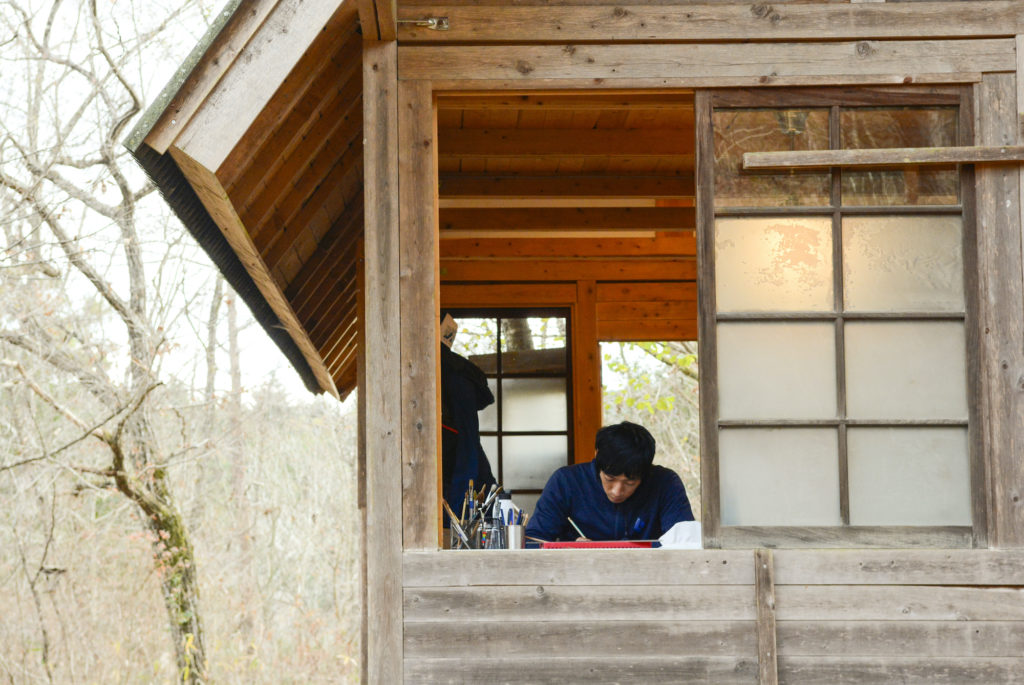
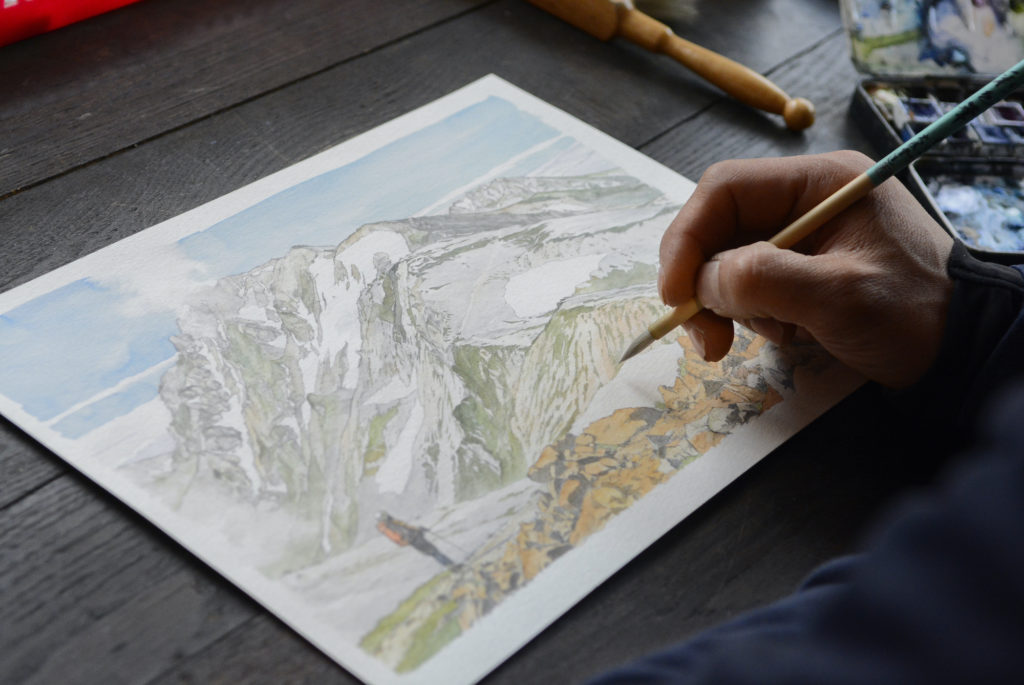
This was in fact the first time for Papersky’s chief editor, Lucas to visit the atelier of Mr. Naruse, who is a frequent contributor to Papersky and in the past edited one of Papersky’s most popular column’s about the artist Hiroshi Yoshida.
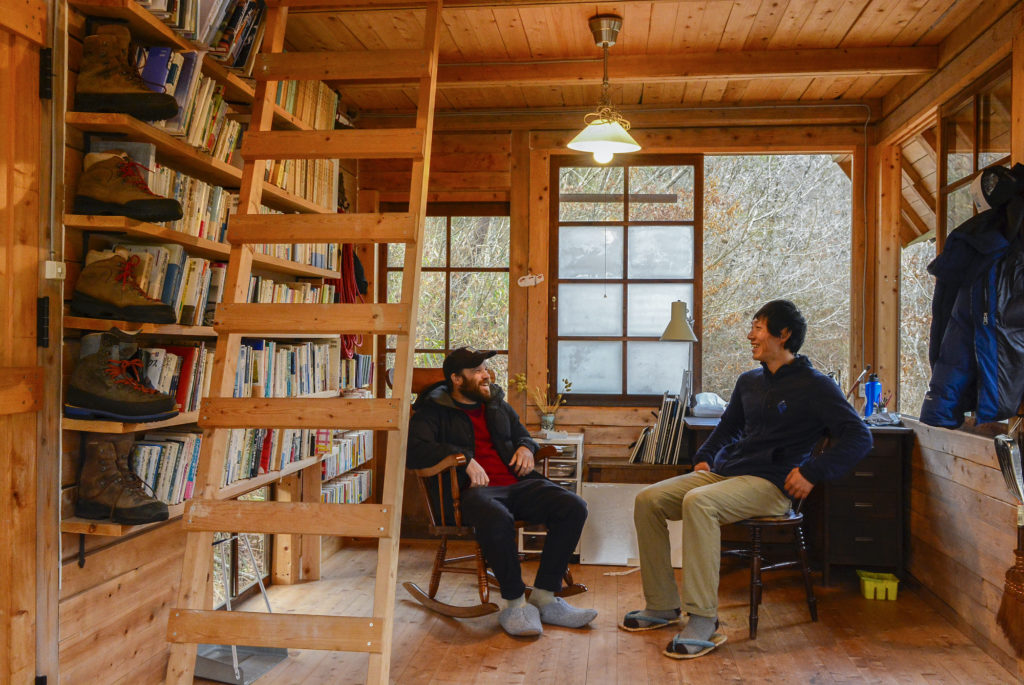
“Lucas, long time no see. Welcome to Nakatsugawa! Hungry? Let’s grab some lunch?” Without further ado, the two head towards a bakery run by Naruse-san’s sister and her husband. Inspired by the French word “Cultivateur” (meaning “farmer”), the couple are dedicated to “baking bread close to the earth”.
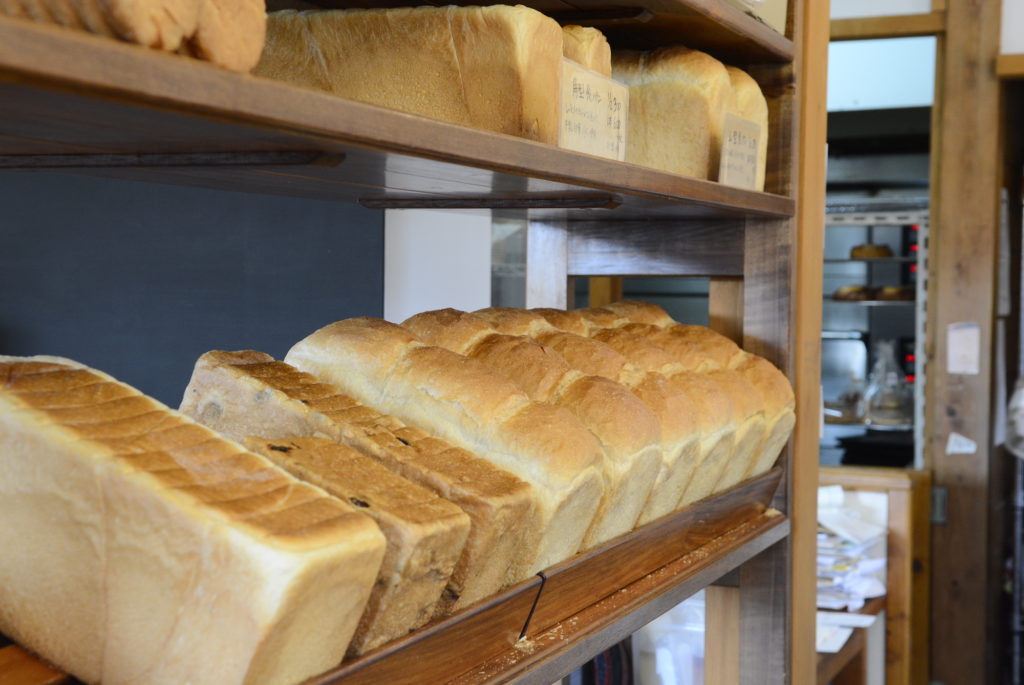
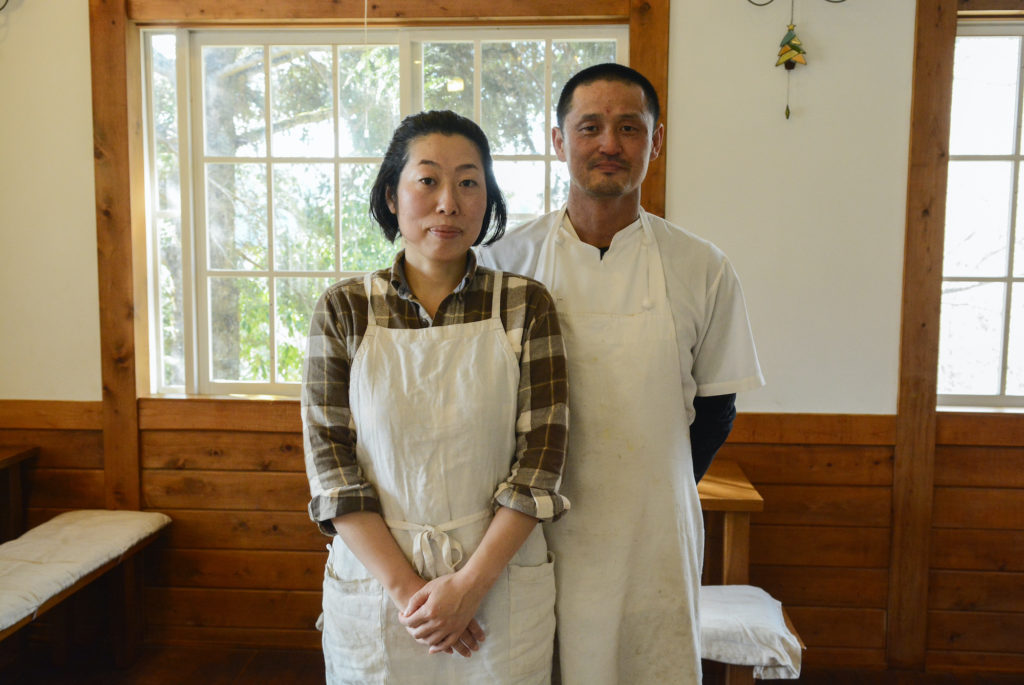
“They wanted to bake bread surrounded by nature, so they choose to open their bakery in the mountains and away from heavily populated areas. Their bread is for everyday eating, with 100% Japanese wheat and free from preservatives. Hand-made is their mantra, and they event spent four years building their log-house style shop by hand”.
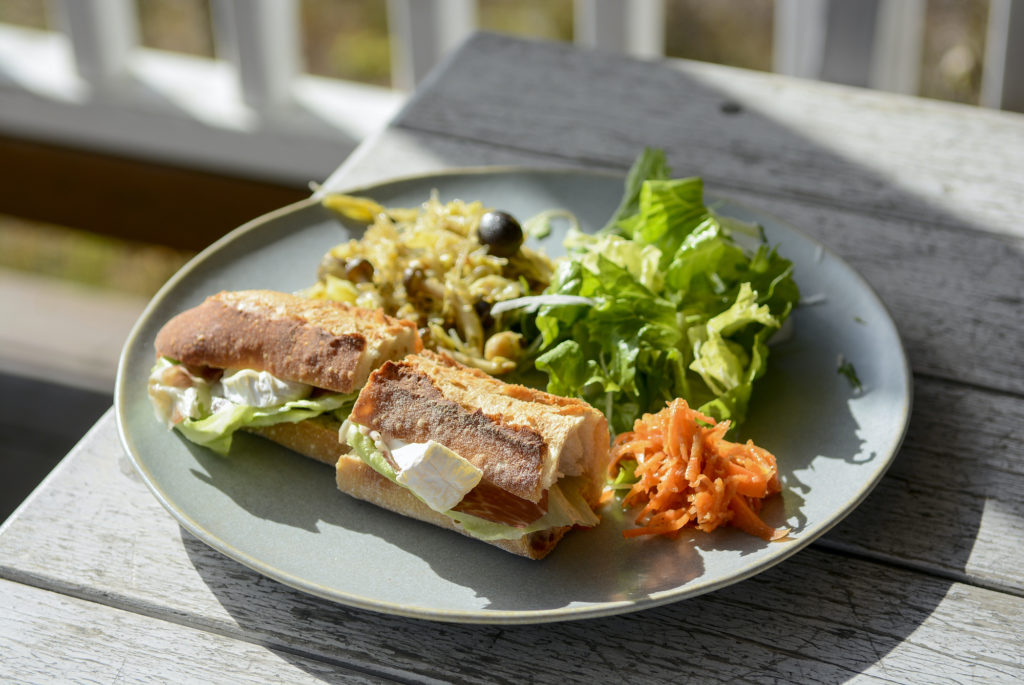
Husband Shunsuke explains that while they did consider the option of opening their bakery in the town, the lure of the mountains was irresistible. Equally popular is lunch served in a most picturesque location, drawing in regular customers from far away. For Yohei Naruse the mountains also played a big part in his decision to put down roots in Nakatsugawa.
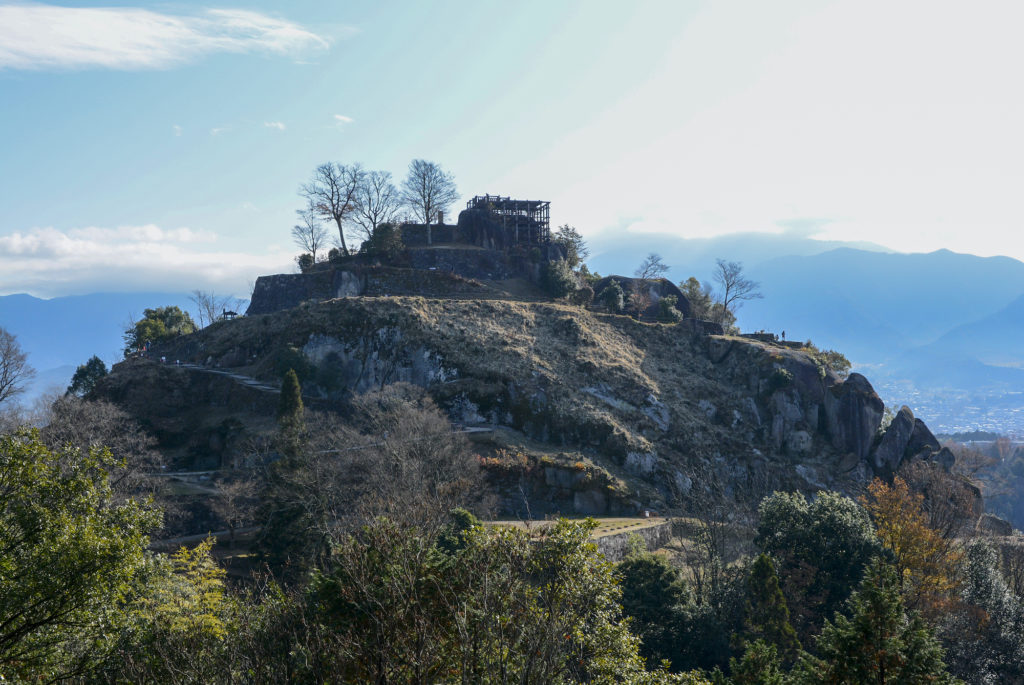
Naruse-san became fond of mountains as a child, and as a high-school student was drawn to rock climbing. Since coming back to Nakatsugawa, he began working as a climbing instructor based around Mt.Kasagi, a mecca for climbing in Japan. From maintaining mountain trails that lead to rocky stretches to pioneering new rocky sections and holding short bouldering courses, he is a fully-fledged climbing evangelist.
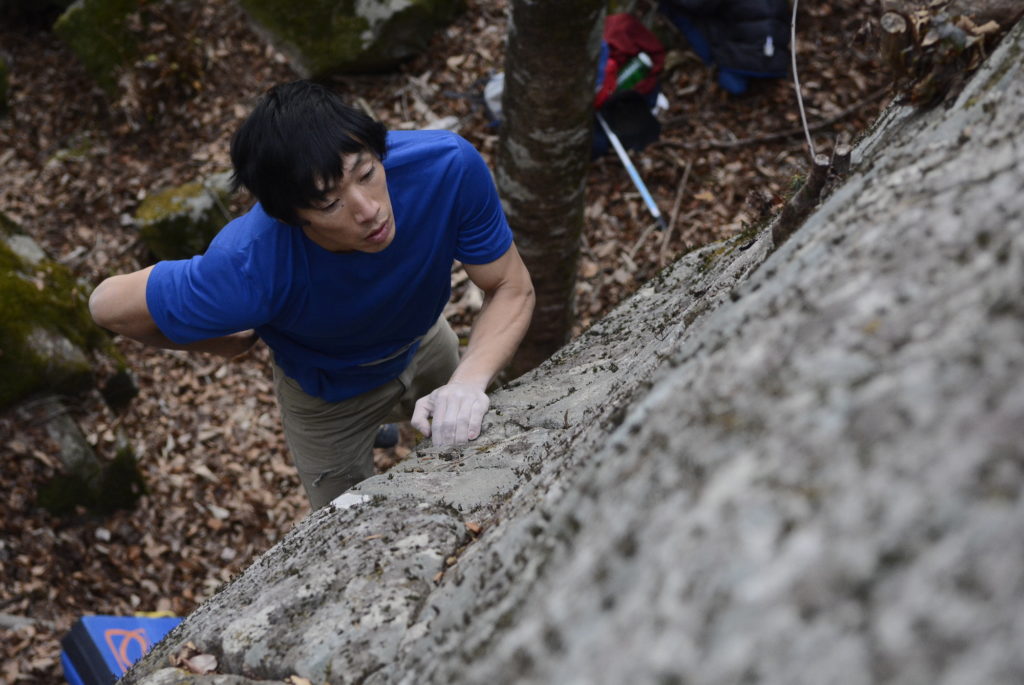
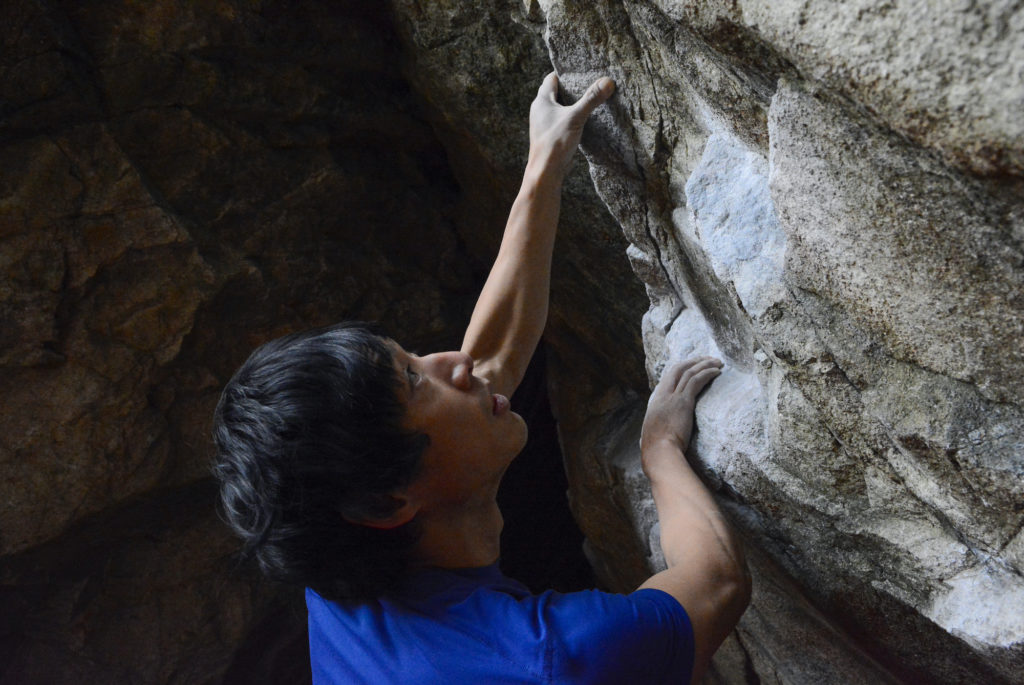
“The joy of climbing is to square up to the rock, to pick out a makable route, and then to draw a line along it. Not wishing to sound pretentious, but for me, climbing is like drawing a picture on a rocky canvass”. So explains Naruse-san with a carefree grin. Read the features of nature, and draw a line through them. The same applies to painting. No doubt for Naruse-san, creating a painting and scaling a rock are essentially the same action.

A livelihood built over a long history since the Edo Era
Nakatsugawa-juku was the 45th post town from Edo (old Tokyo) on the old Nakasendo way. Walking along the old road, the sight of long-established sake breweries and traditional Japanese confectionary stores evoke a strong sense of the era. Along the way, we pop in and out of old confectionary shops that have been in business since Edo, treating ourselves to “Kurikinton”, a sweetened chestnut delight that Nakatsugawa is famous for. Stuff one in your cheeks, and the sweet and luxurious chestnut flavor soon fills the mouth.
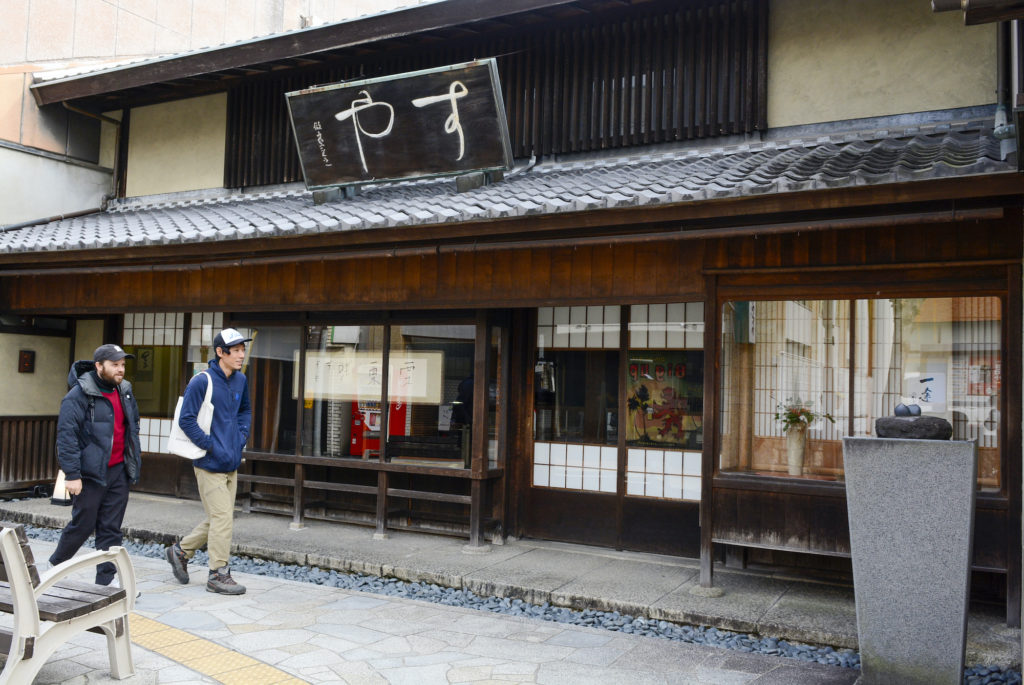
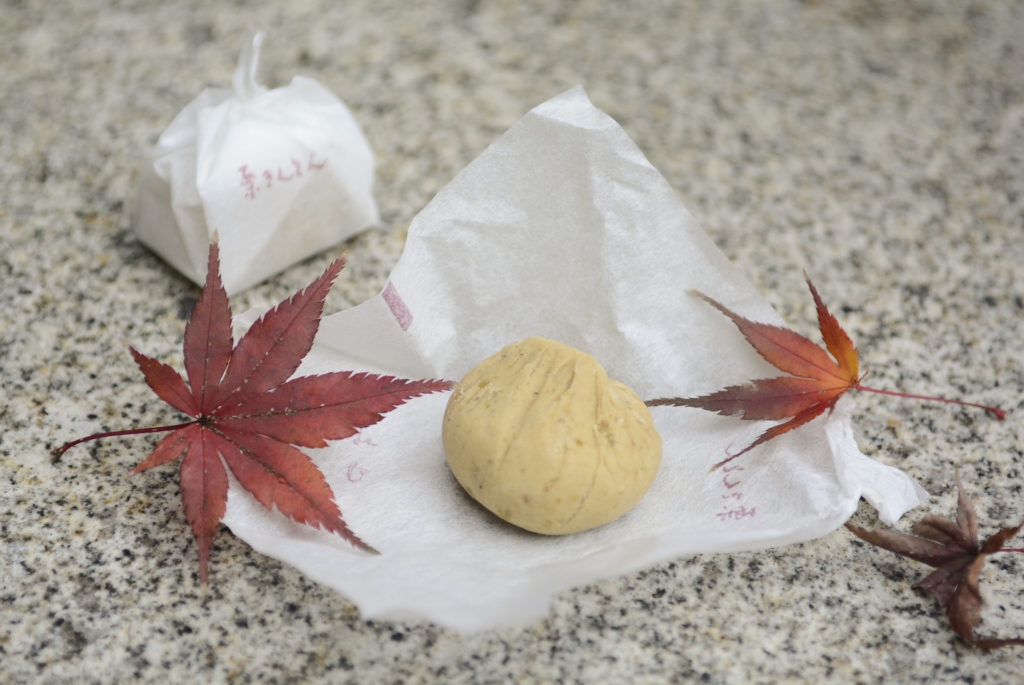
”Nagataki”, our lodgings for the night, was once a well-established inn along the Nakasendo, but moved atop a small hill affording a view of Mt.Ena at the beginning of the Shōwa era. An Edo era guest house was dismantled and then reconstructed, and then reborn as an old Japanese-style inn with a total of 8 detached buildings that can be block-reserved as a set. Heading up this inn of decidedly old standing is 32-year-old and 15th generation young master Masanari Yoshida, and his grandmother Kazuko who despite being into her 9th decade is very much an active member of daily operations at Nagataki.
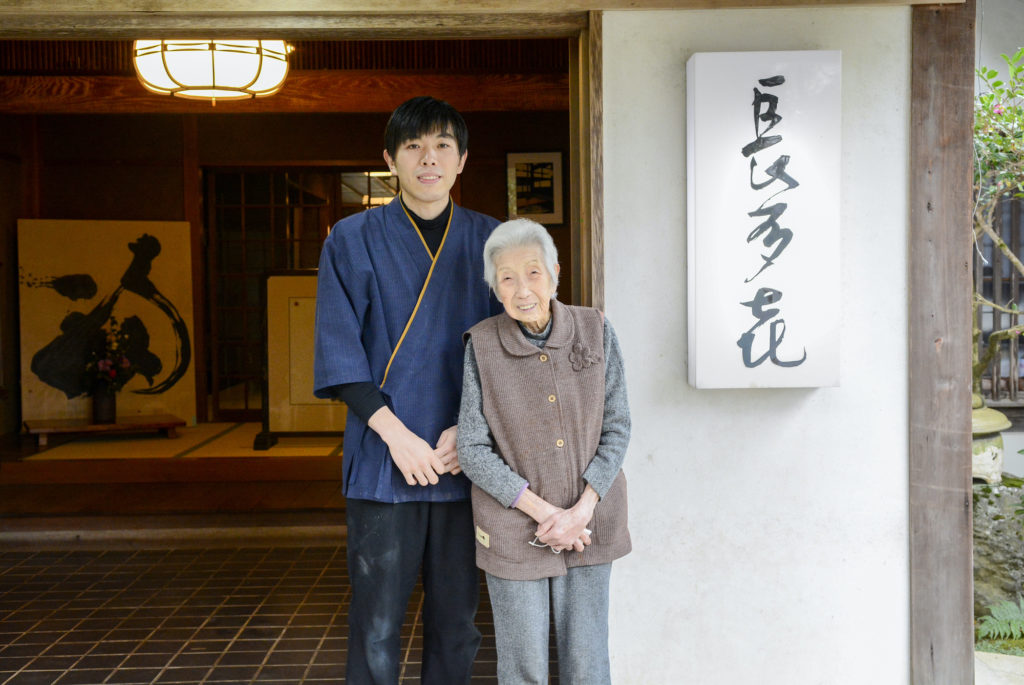
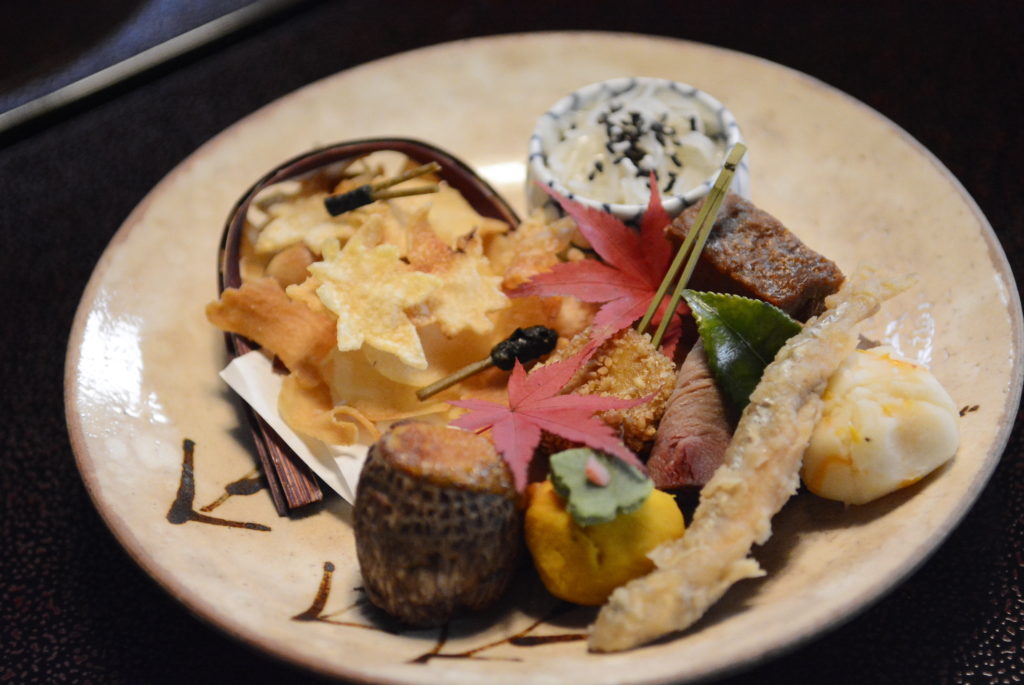
“We serve dishes that give a feeling of the season, including sweets made from chestnuts harvested from the back garden in autumn, and mountain vegetables and foraged bamboo from the mountains in spring”.
Masanari apparently had no qualms about taking on the family business. His restrained and mild tone of voice belie the weight of the long history that he has taken upon his shoulders.
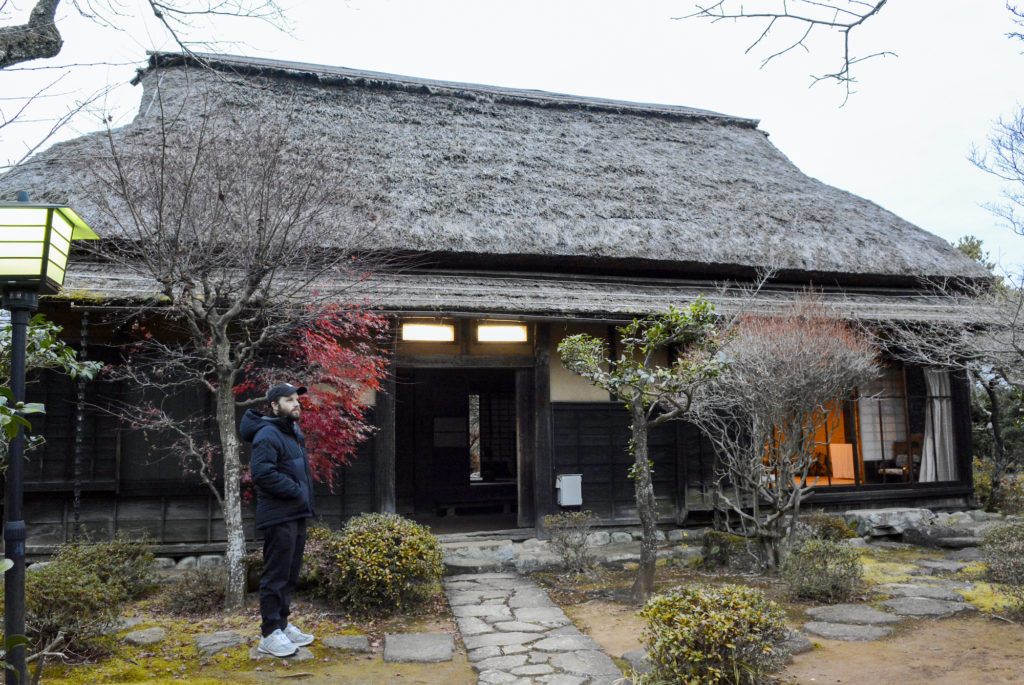
Lessons from nature for living with a sound mind
The trip ends with a visit to “Shizuku Local Indigo Studio” presided over by indigo dye artisan Miki Totsuka. Enchanted by the natural color created by dyer’s knotweed (Persicaria tinctoria), creator Miki-san has kept alive the traditional indigo-dying culture of sowing seeds and naturally fermenting the knotweed to create dyes. Miki-san has built her life around the natural cycle of sowing seeds in spring, and then returning everything to the earth once the winter arrives.
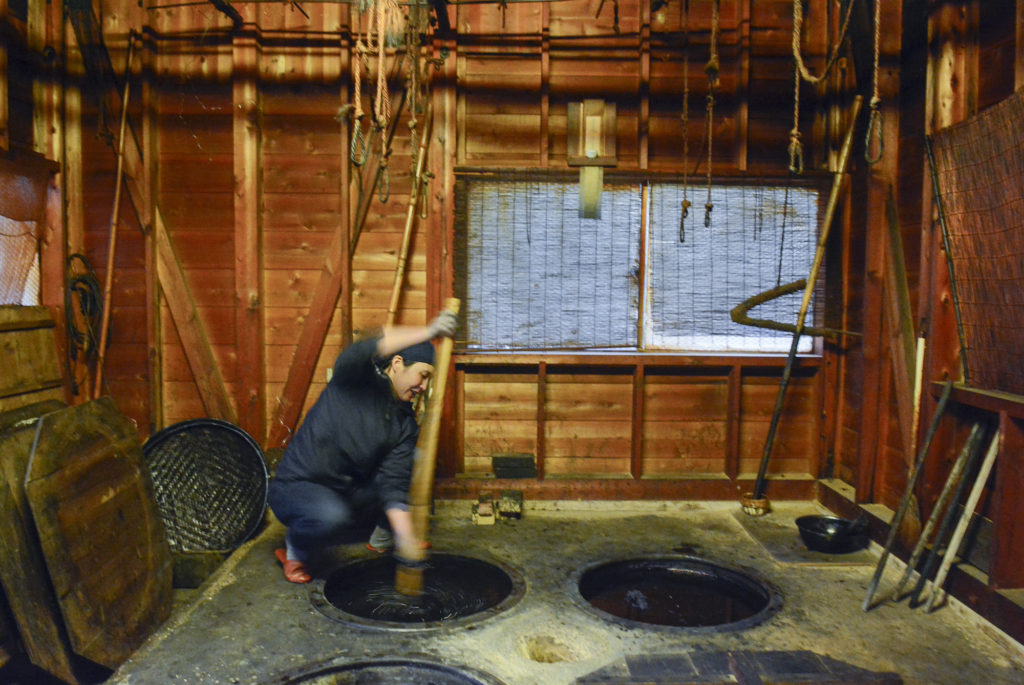
Miki-san’s husband Tomohisa Totsuka is a man with a rather unique job title, working in an office during the week but then on weekends assuming the role of temple keeper of Chōraku-ji, a temple boasting 1200 years of history. Enshrined in the flank of the main temple building is En no Gyōja, a Japanese ascetic from the 8th Century, traditionally held to be the founder of Shugendō. Nakatsugawa itself thrived as a center of Shugendō centered on Mt.Ena, and Tomohisa-san is no stranger to training as an itinerant Buddhist monk in the nearby mountains.
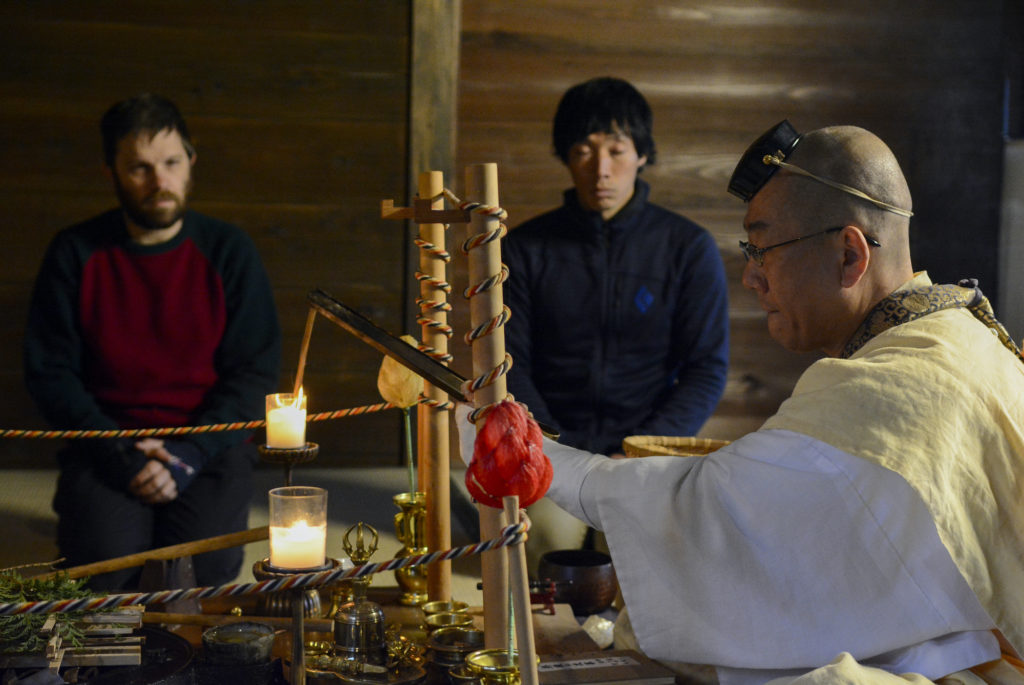
“Yamabushi – or itinerant Buddhist monks – revere the mountains in the belief that holy spirits reside there, and while enduring spiritual trials in the mountains, we stop in front of rocks and place our hands upon them. While the human spirit will soon elapse, the rock is a constant. We pray that we too might become as a solid as a rock”.
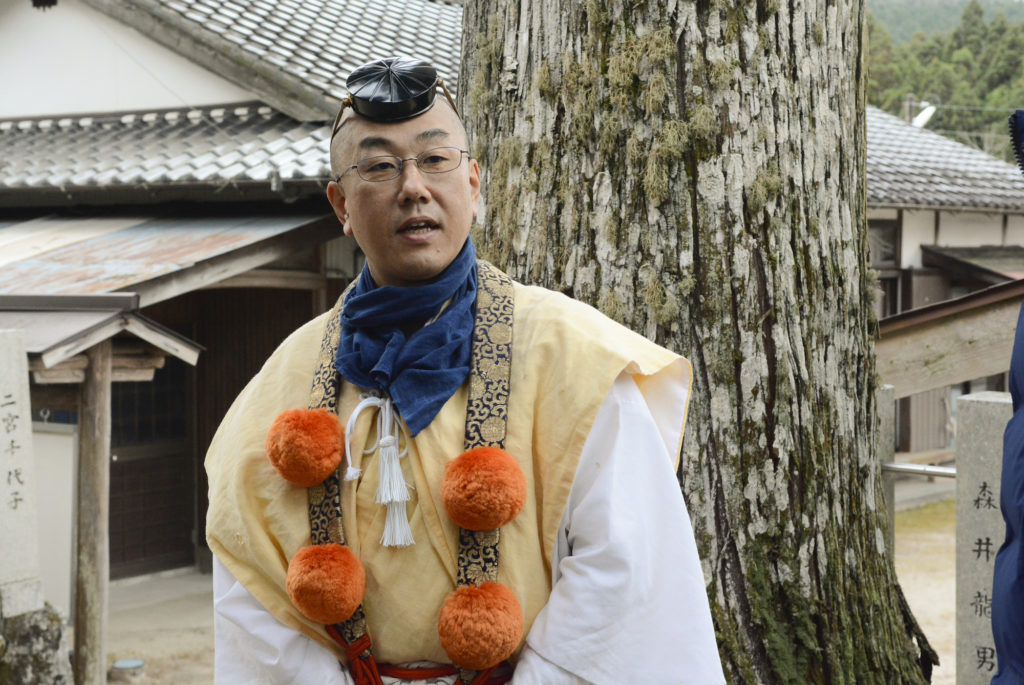
“When it comes to climbing rocks, I might have some kind of yearning for them deep inside”, Naruse-san explains. The symbol of Nakatsugawa, Mt.Ena, sits motionless above the town like a rock. Mt.Ena is there whenever you look up, and is a handy landmark for aligning both your daily and life compass.
Everybody we encountered on this trip in Nakatsugawa had laid down deep roots in the area, much like a tree does. With the splendid Mt.Ena towering above, it is not difficult to understand why.
